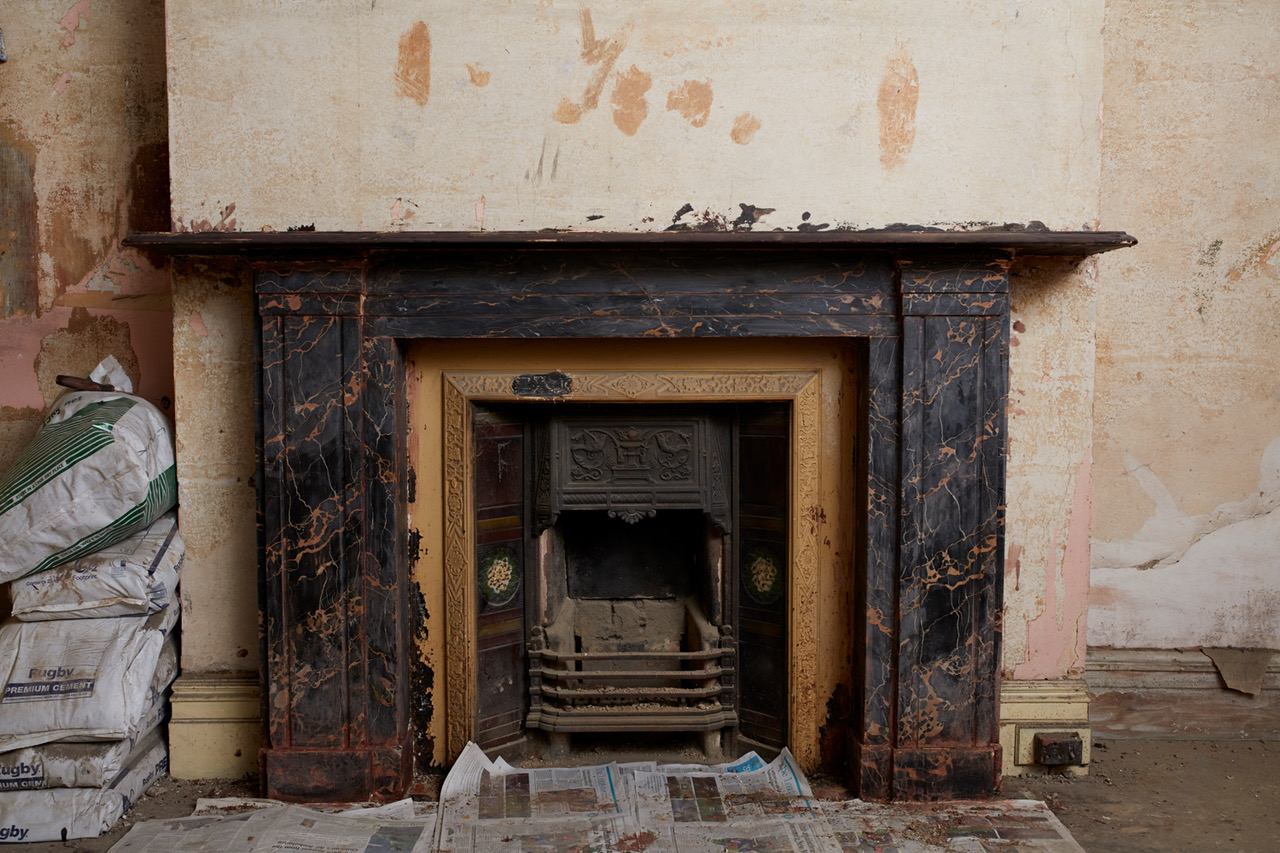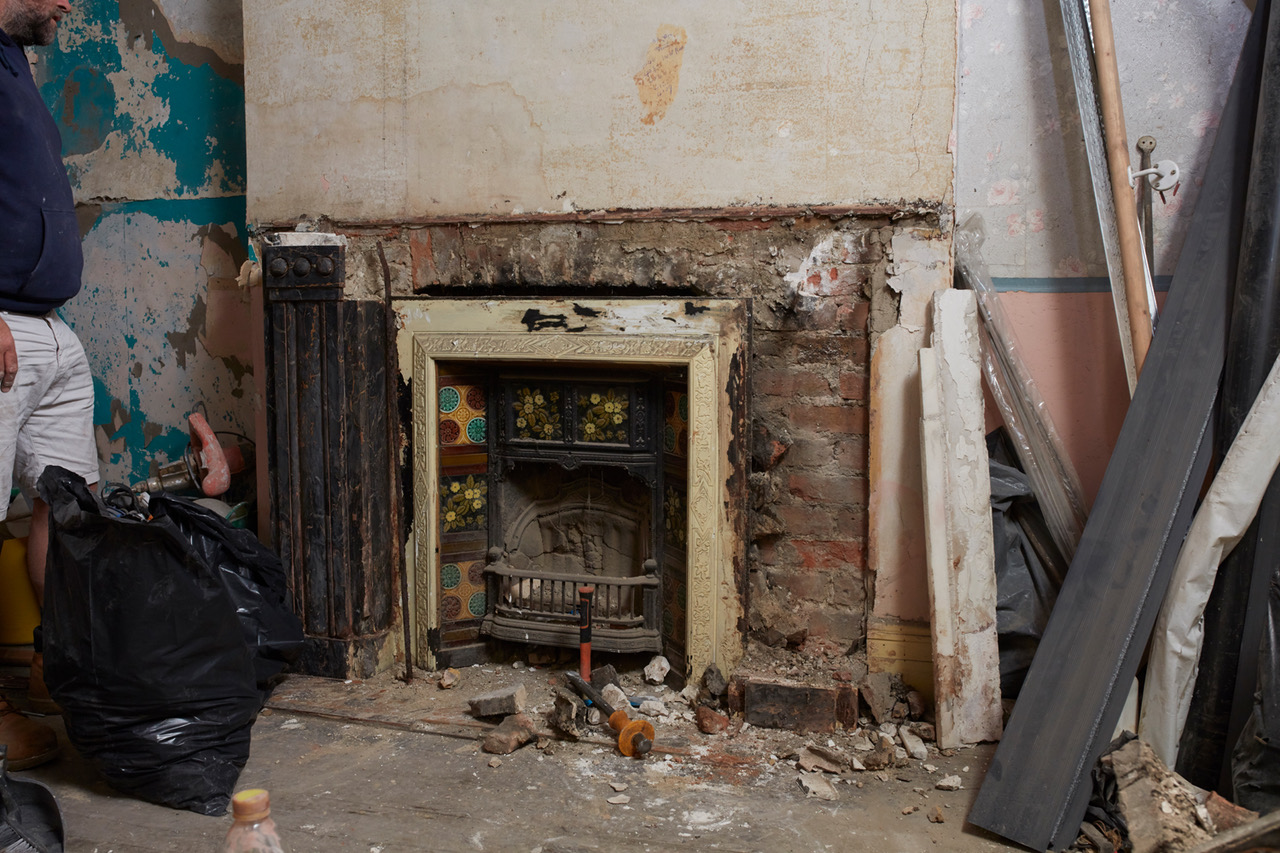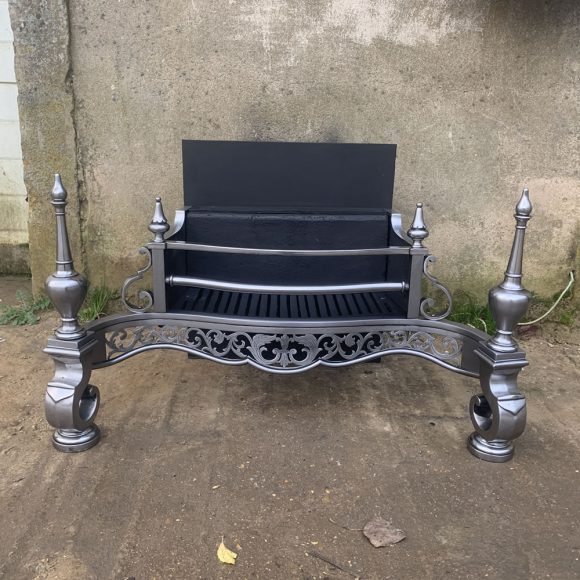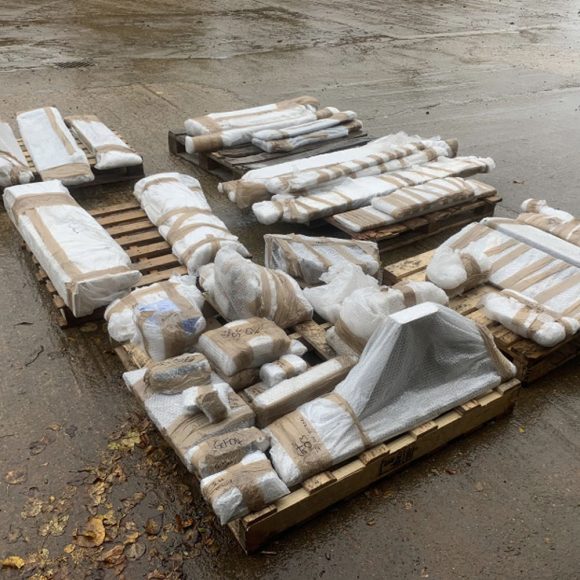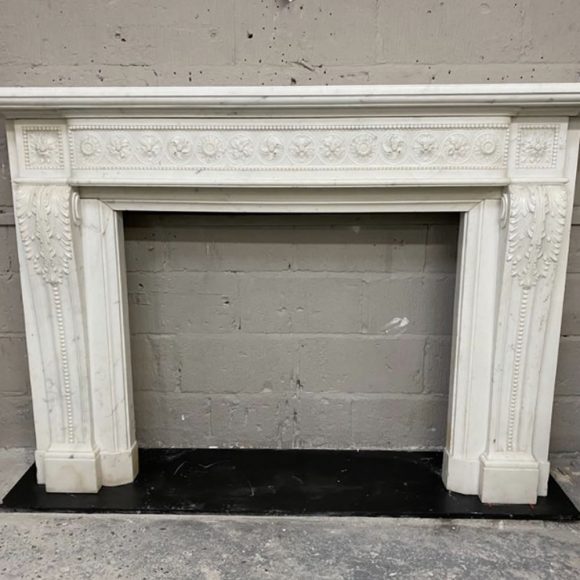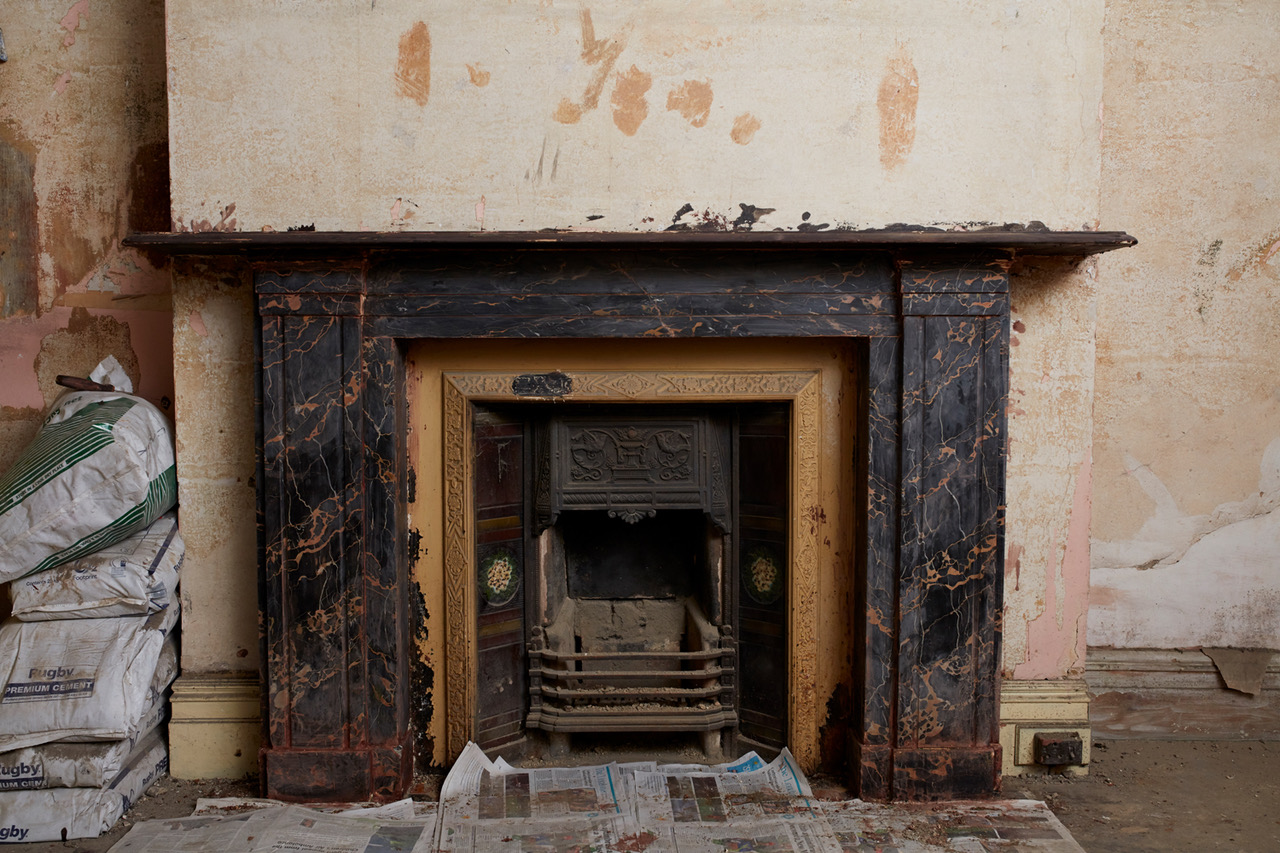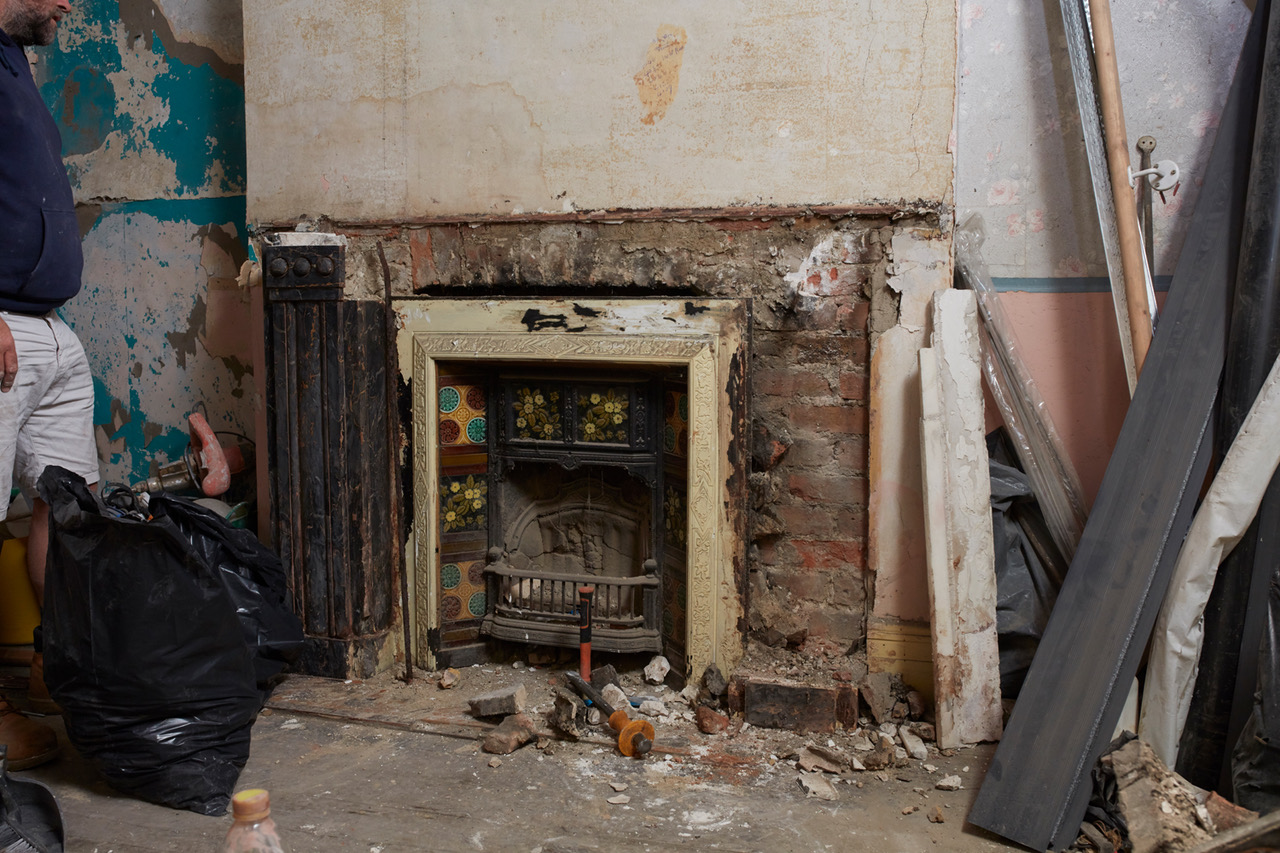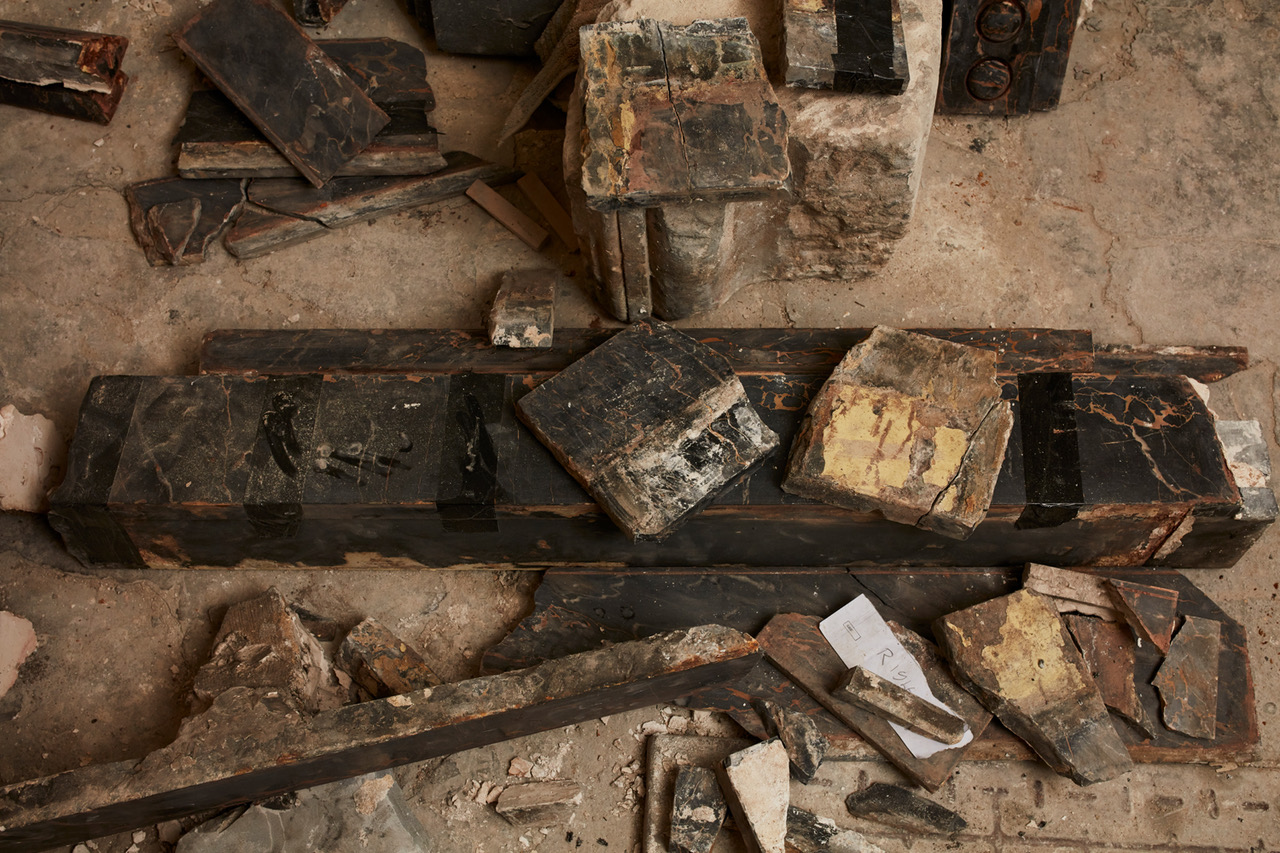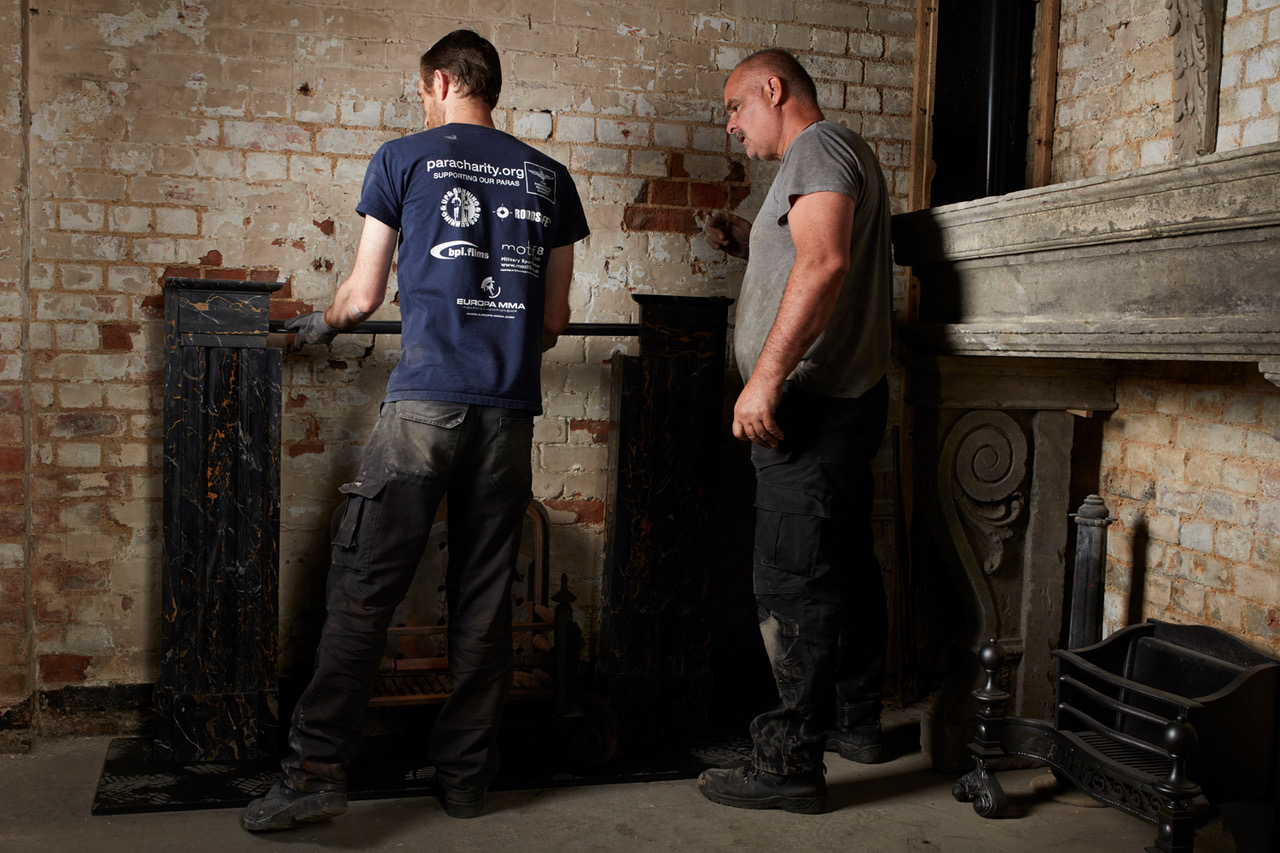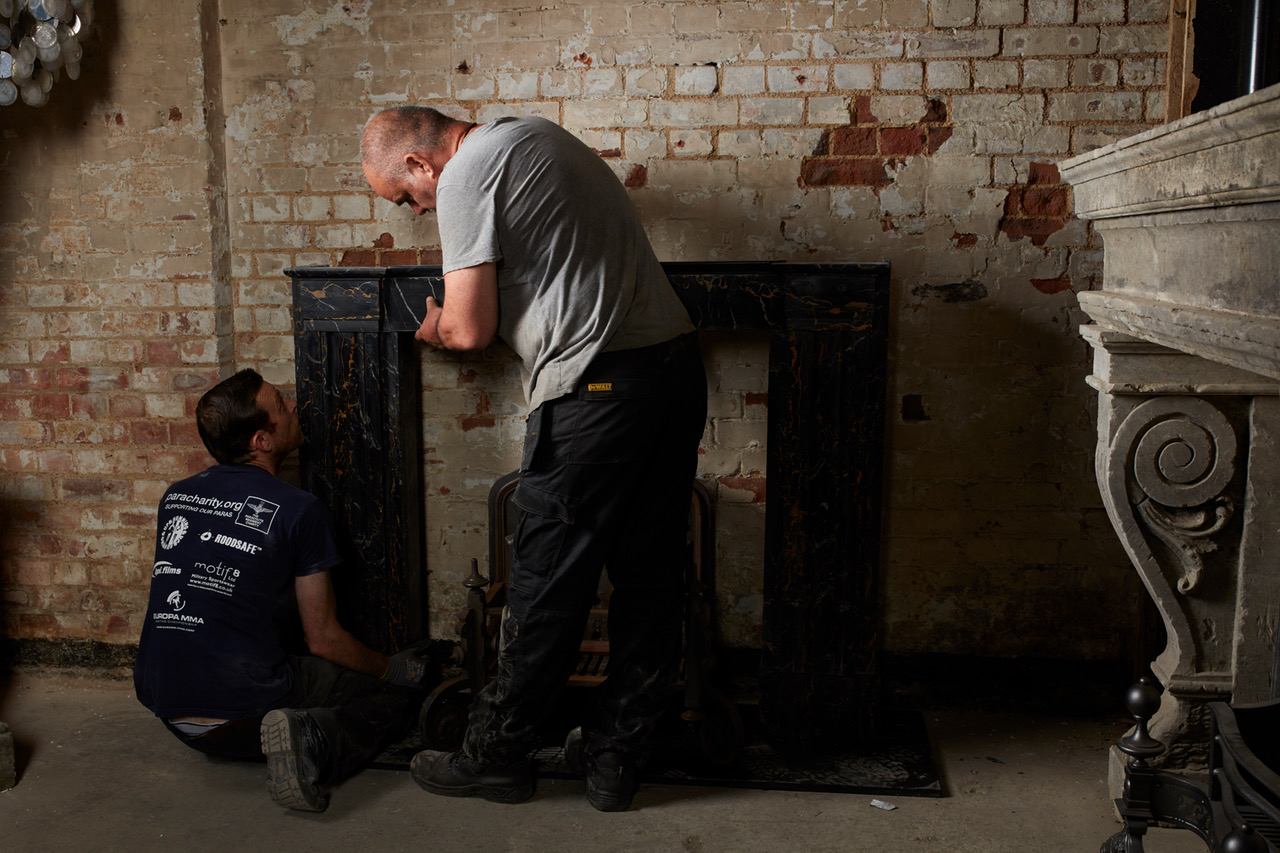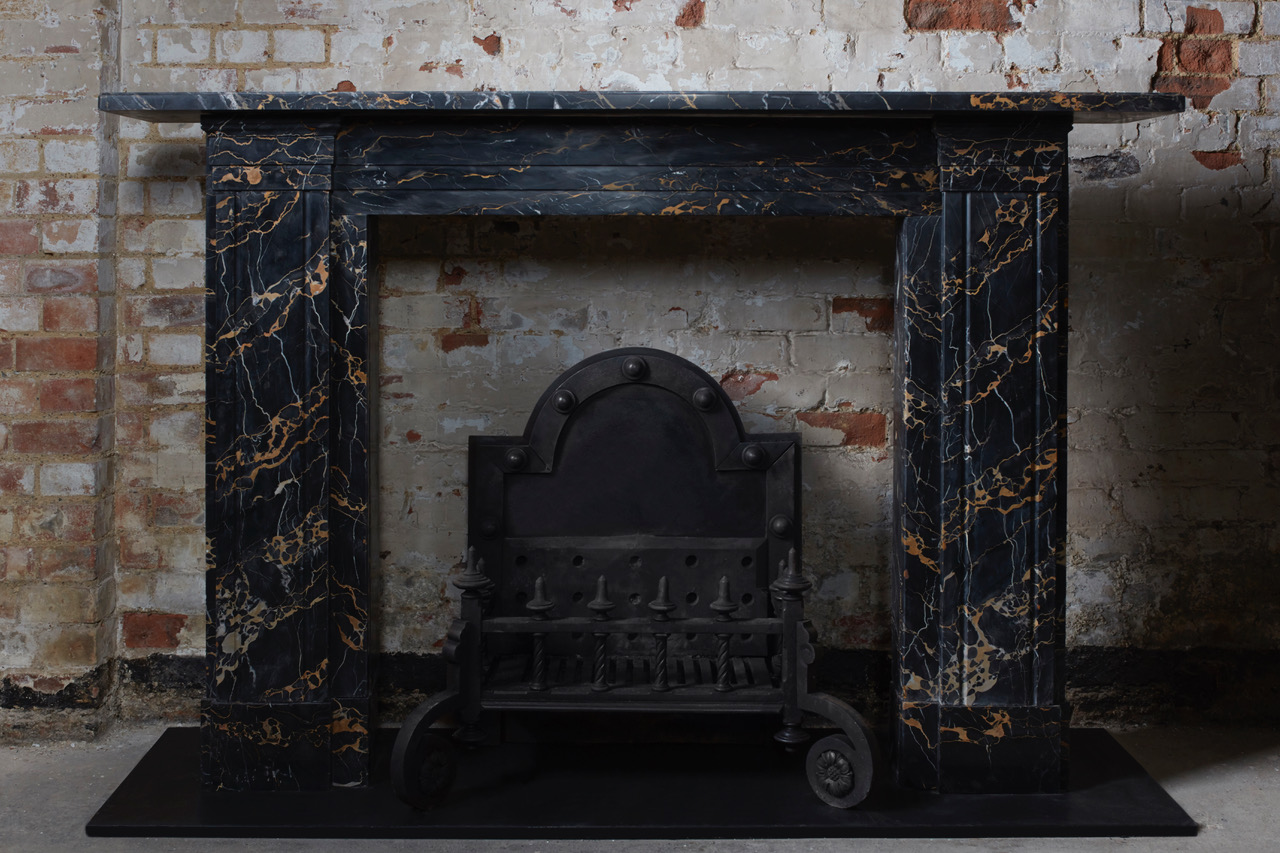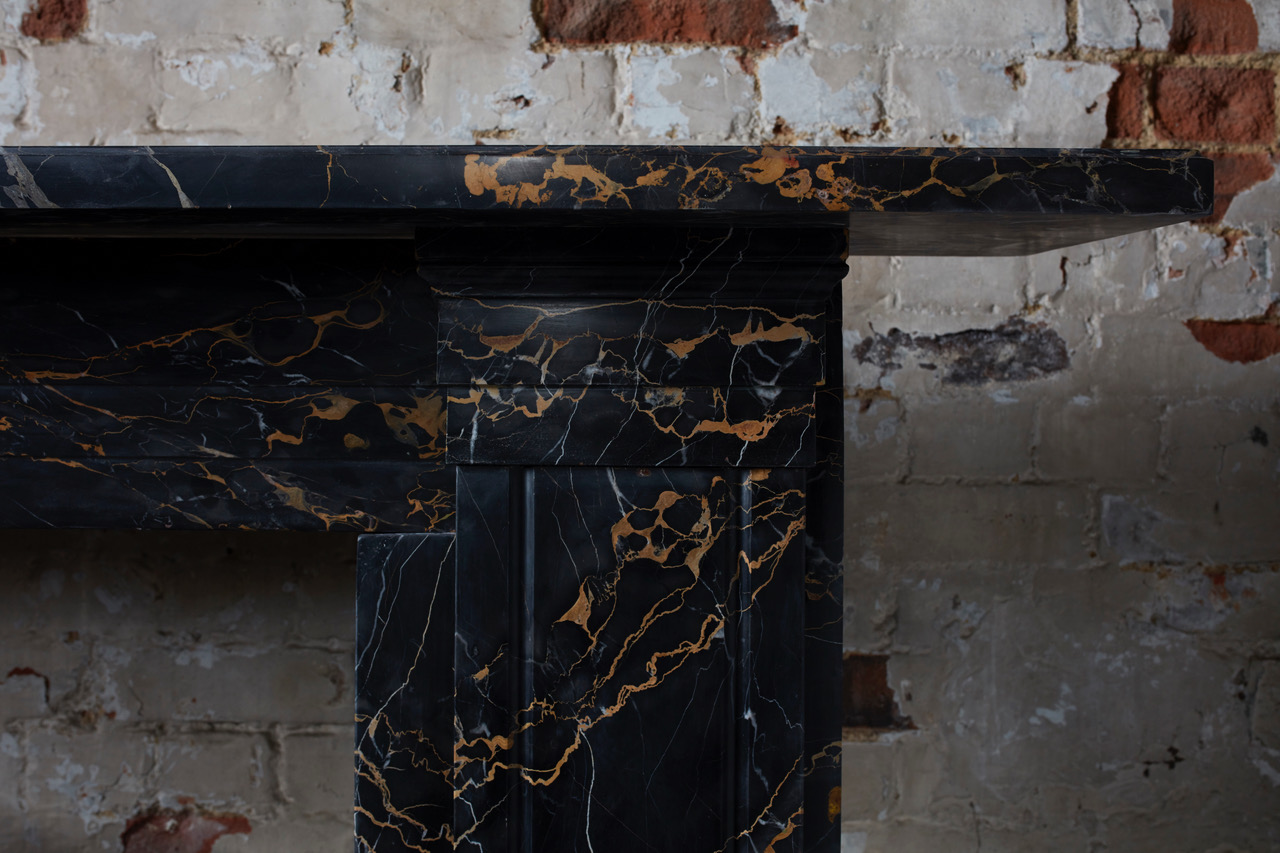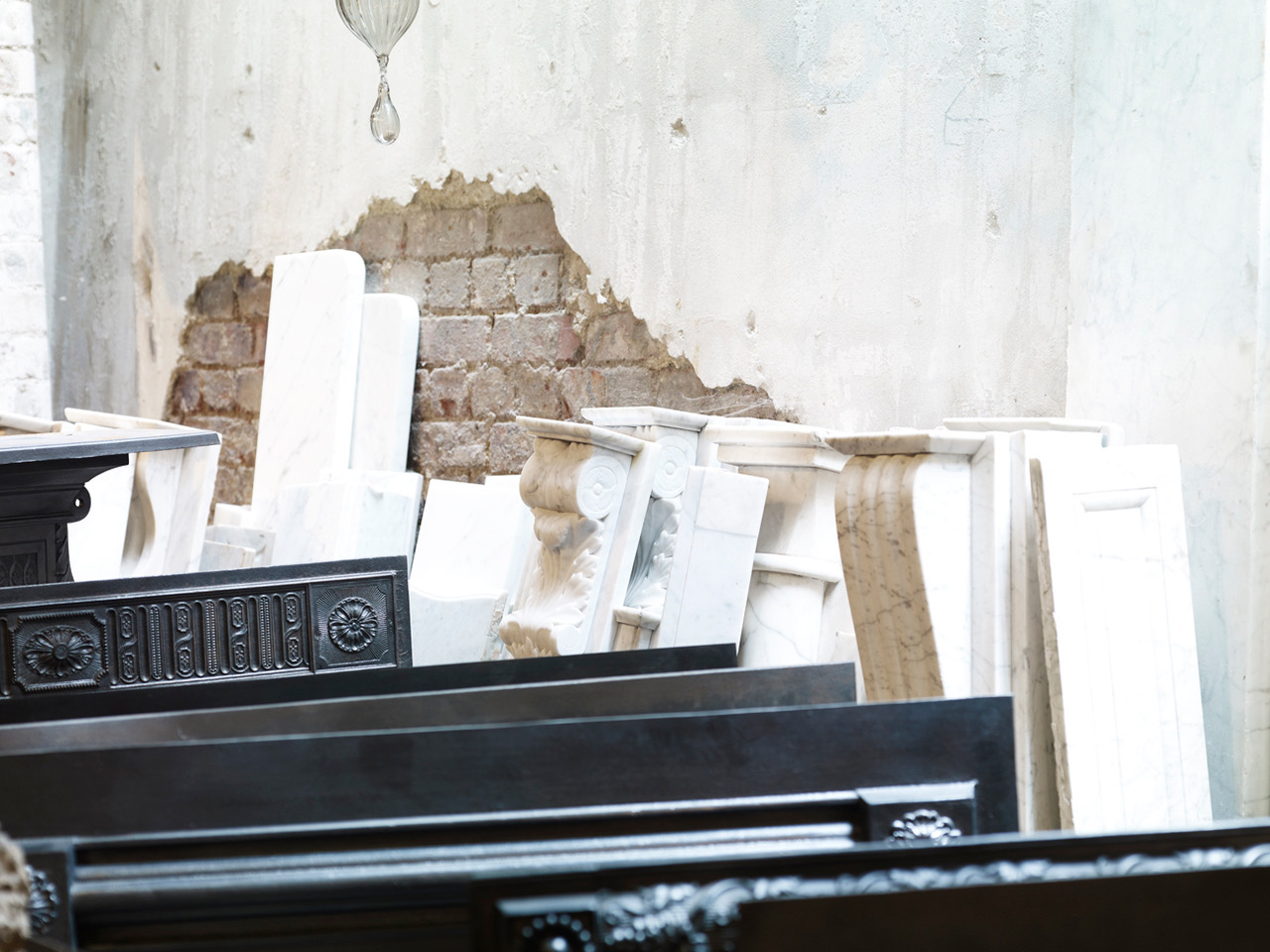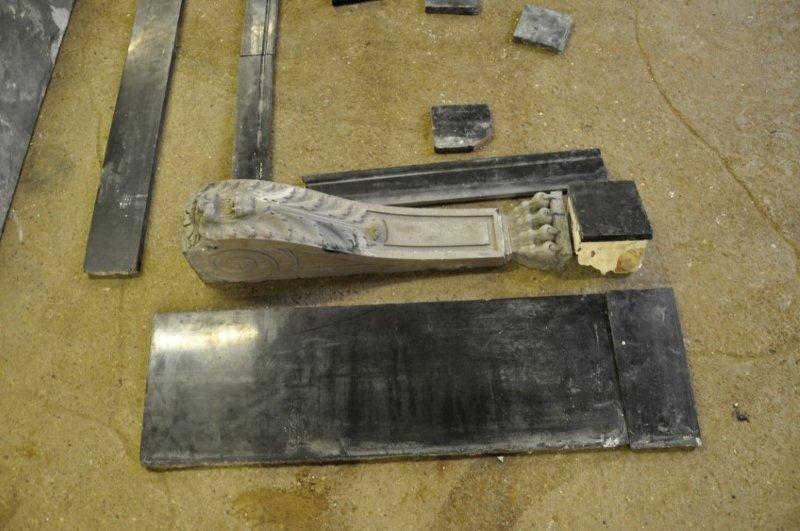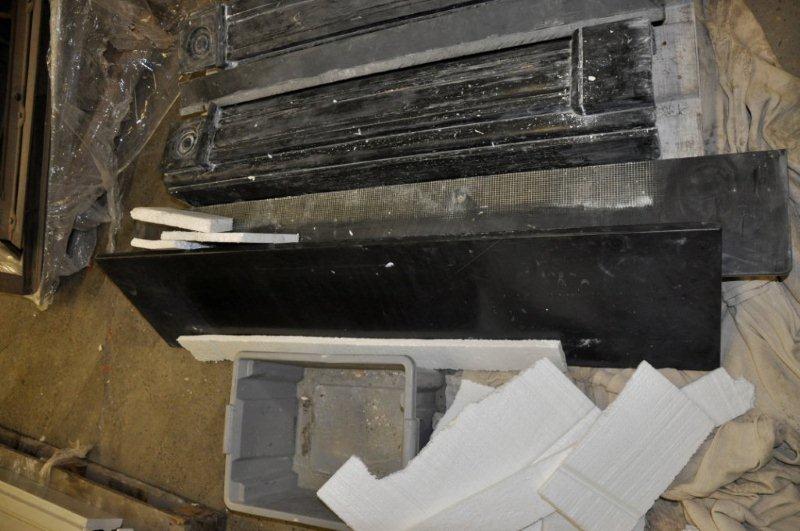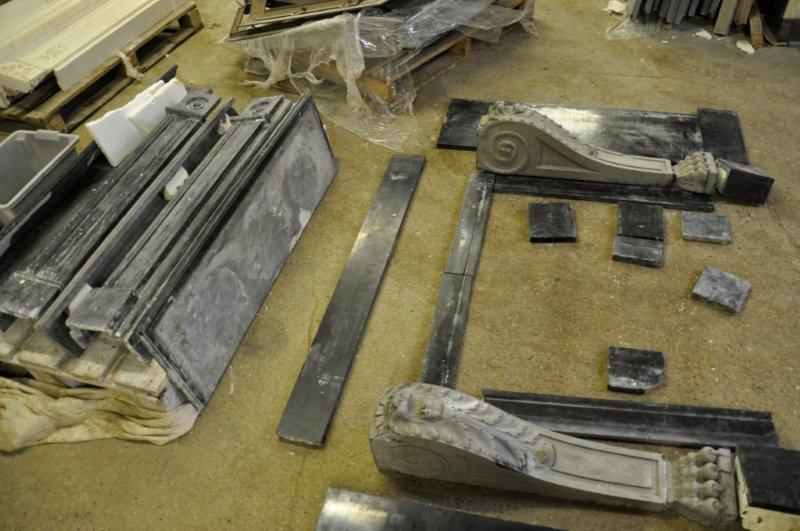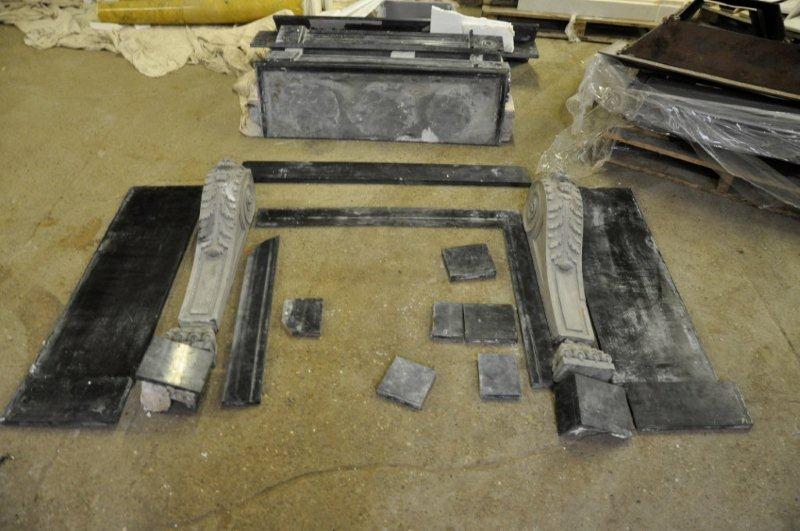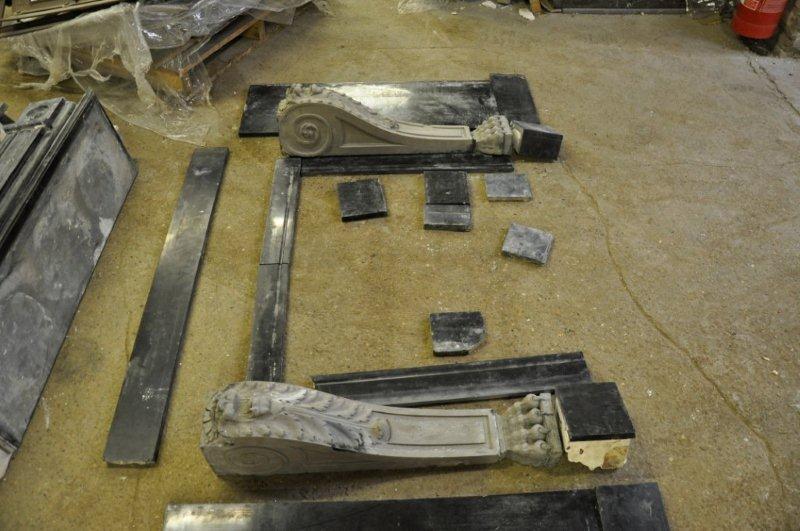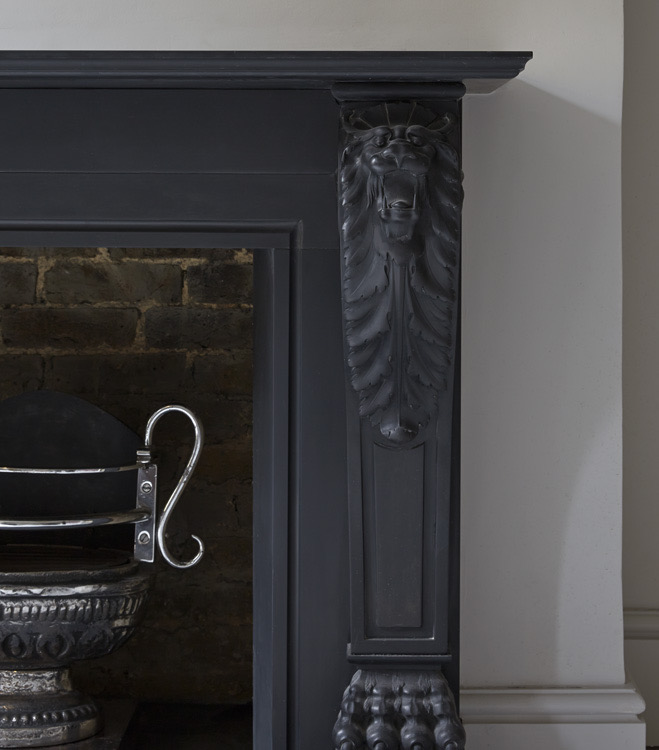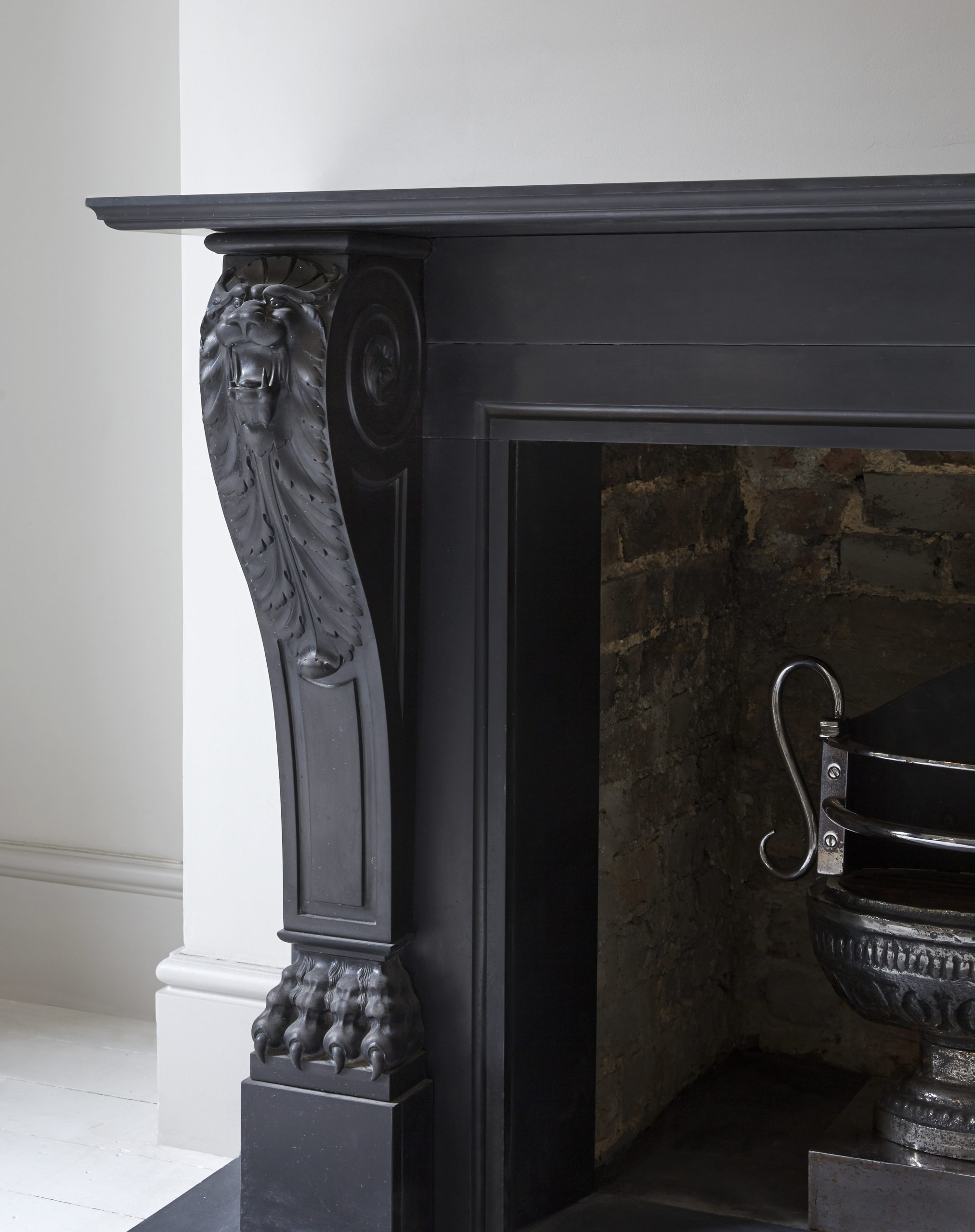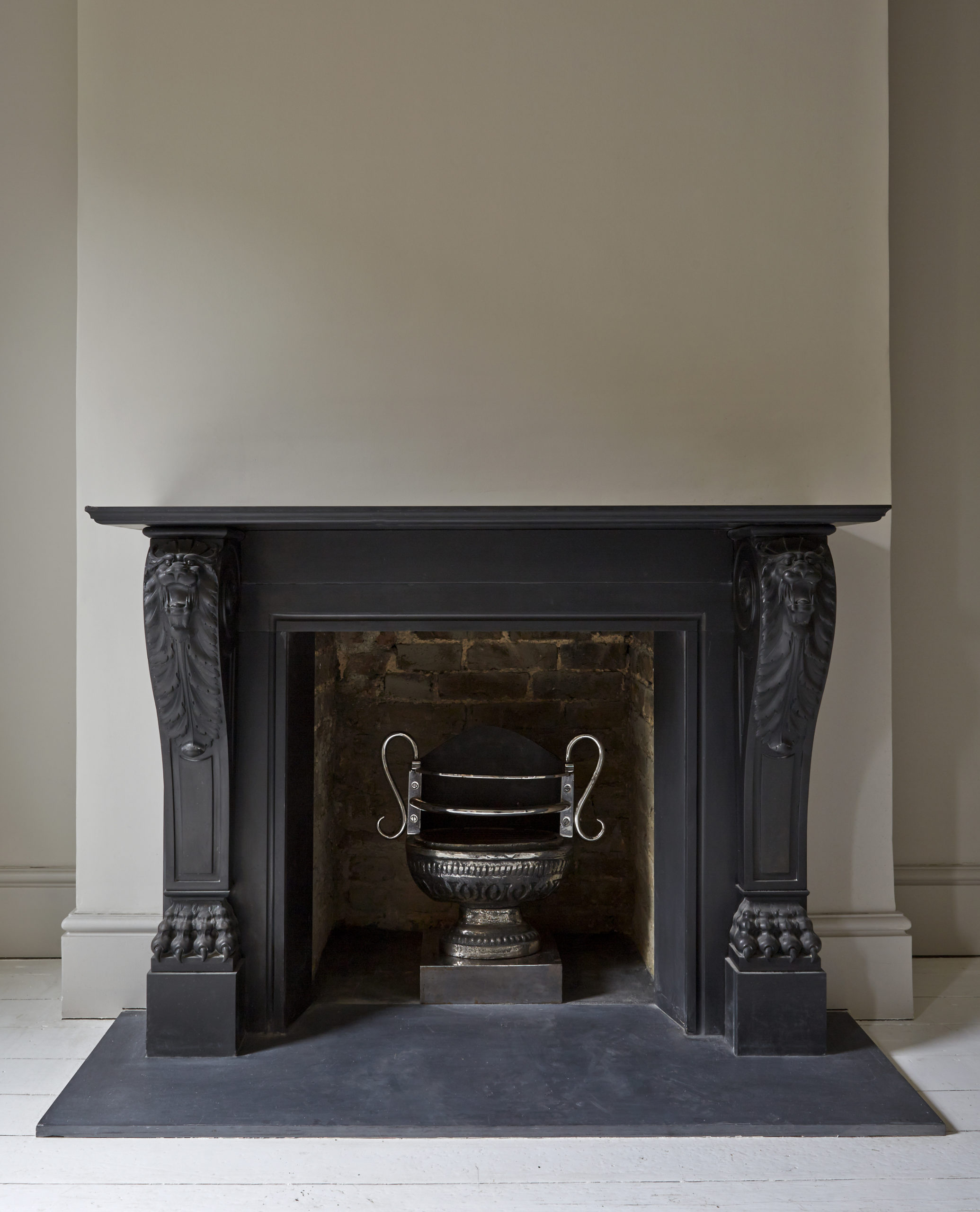Fireplace Restoration
Renaissance specialise in high-end replica project precisely modelled on originals. We hold a wide range of moulds and high definition photographs ensuring all mantels are reproduced accurately.
Restoration background
The chimney-piece in Georgian Britain was, for much of the 18th and beginning of the 19th century, the predominant source of heat and light for many rooms. As a result the wear and tear over the subsequent centuries was substantial, often resulting in extensive damage both in the structural integrity of the elements framing the fireplace and mechanical damage from use.
A further frequent source of damage occurred when individual pieces were removed from the rooms they were designed for and reduced in size, particularly in height, to allow them to fit into smaller sized rooms.
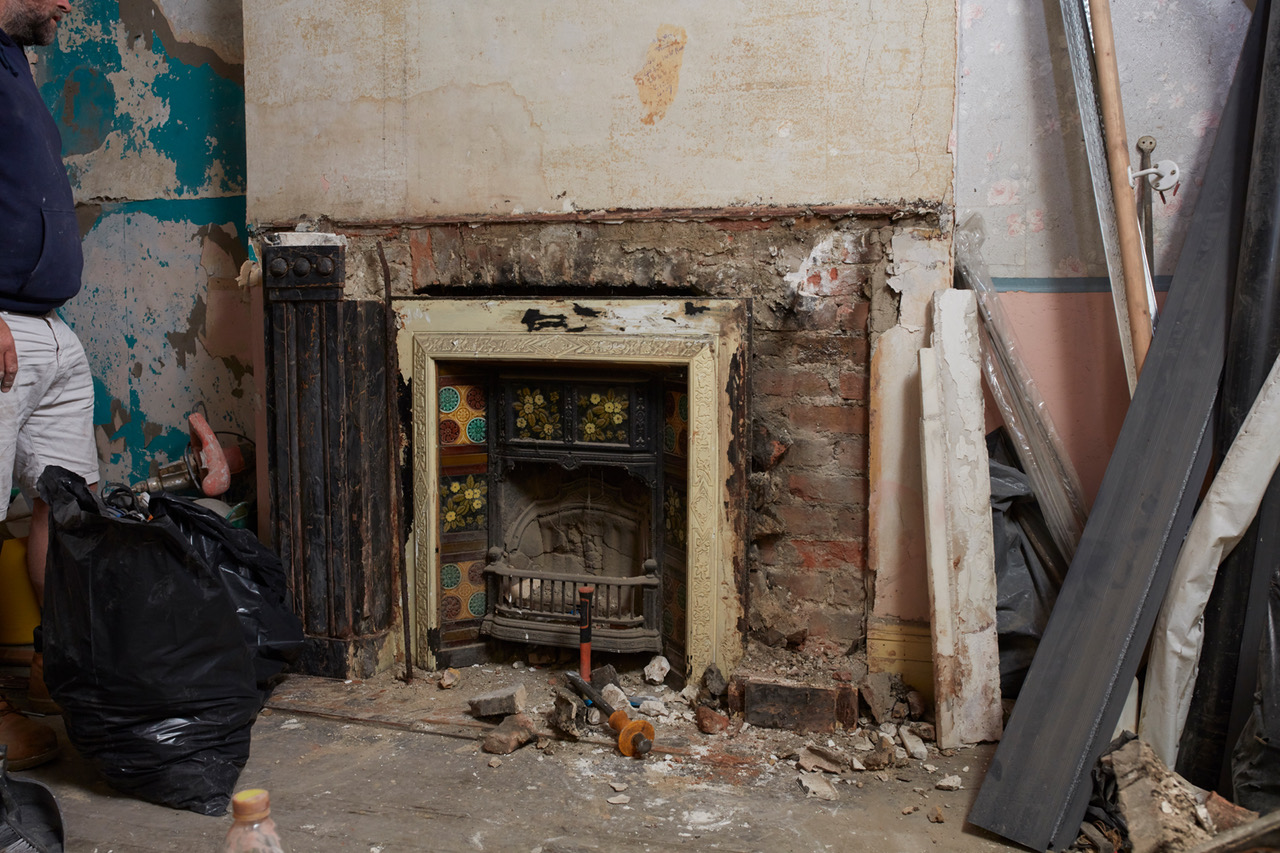
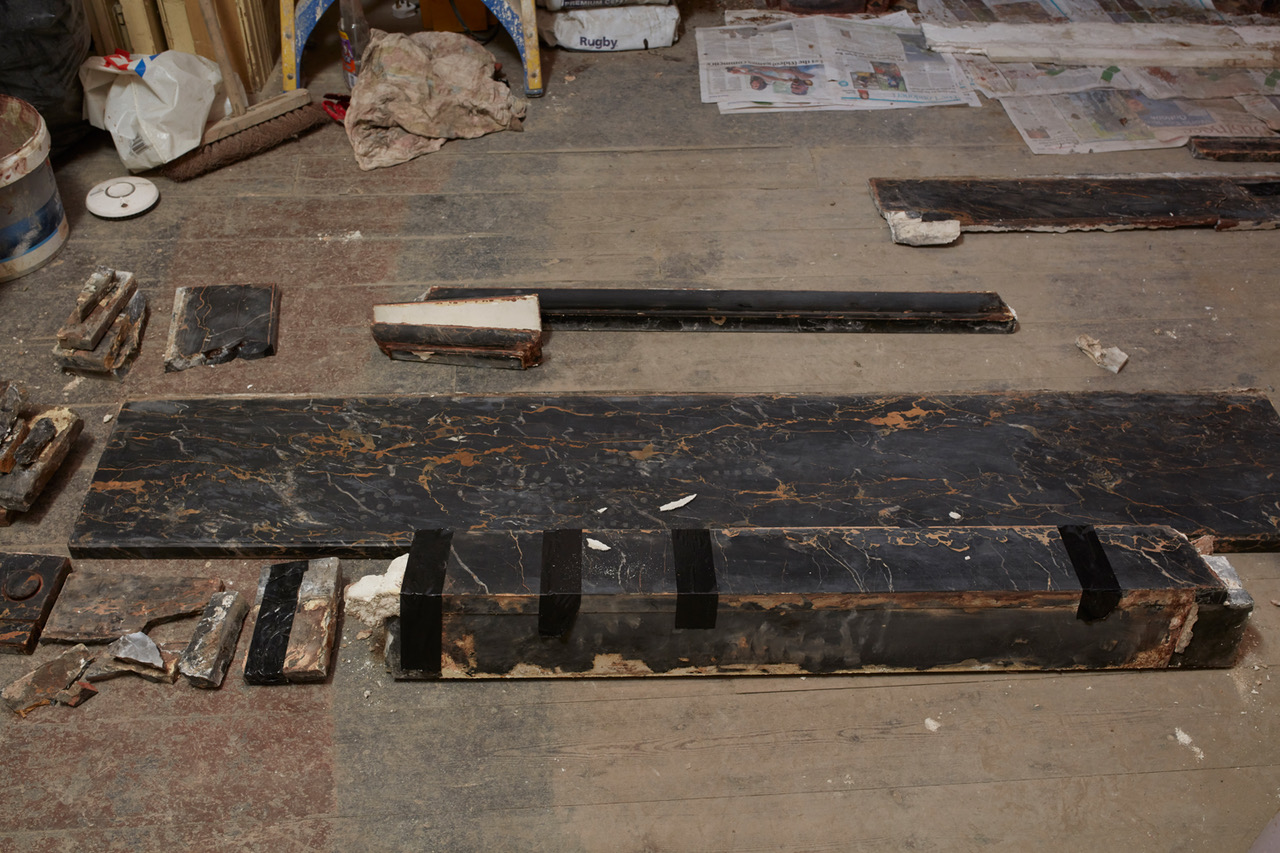
Projects and recent work
Much of our work involves the cleaning and restoration of imposing marble chimney-pieces. Our preferred restoration process is to remove the chimney-piece from the building, but this is subject to a careful examination of the condition of the chimney-piece with particular relevance to the nature of the material it has been set up with.
This is because sand and cement mortar on the walls and poured down the back of the chimney-piece can be stronger than the marble elements that compose the chimney-piece and thus removal can cause more damage than harm.
Once removed all residual soot and carbon deposits to the interior can be cleaned off. Test trials are undertaken with an emphasis on using non abrasive cleaning agents and minimal use of moisture to prevent staining within the marble, and trials with poultices undertaken.
Where required some of the weaker or softer marbles can require some consolidation of the surface, a process usually done by hand often using abrasive stones which are moulded to suit the profiles required. Existing wear resulting from fire tools and kerbs is retained as best possible, as these features are part of the age and history of each chimney-piece.
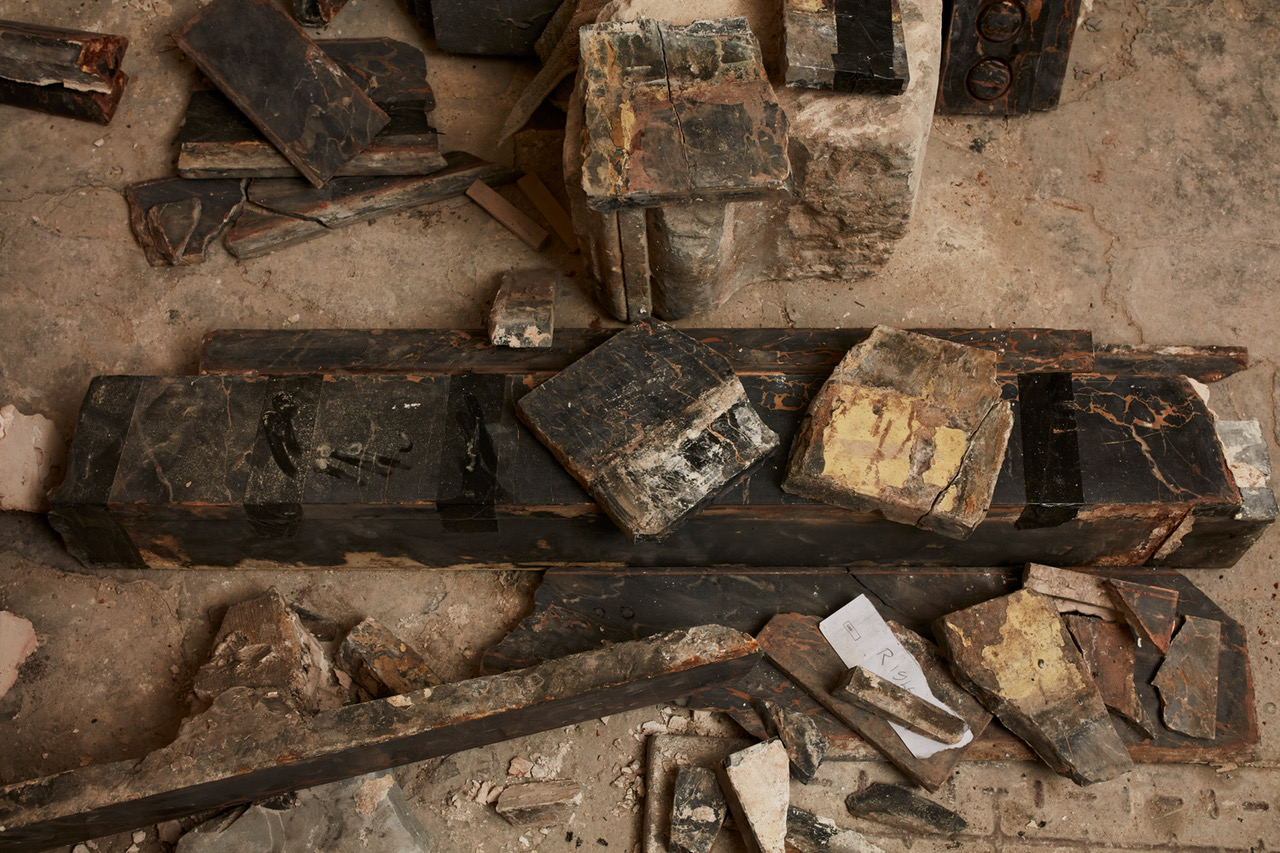
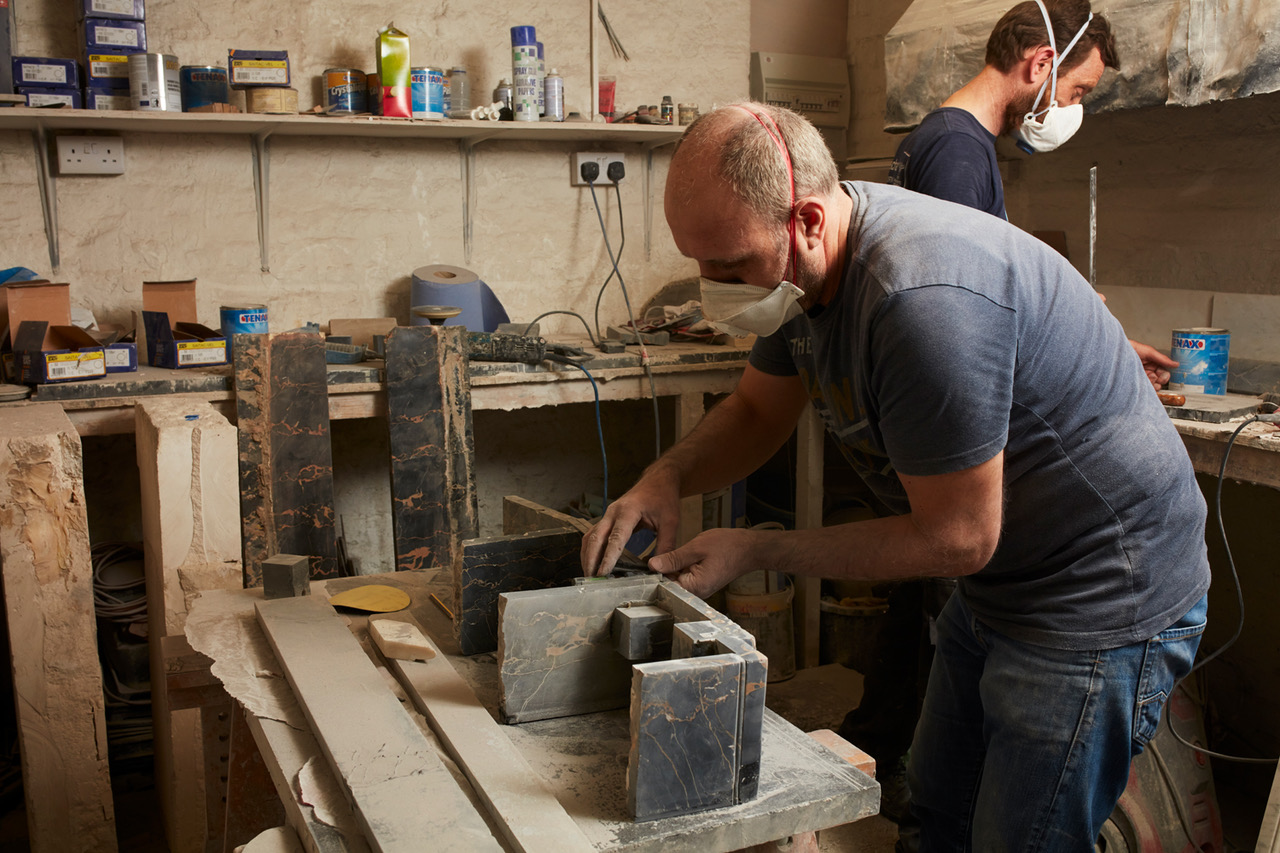
Private Confidential Consultancy
We undertake confidential consultancy work for private and corporate clients, providing our opinion as to the age, date and comments on previous restorations of specific chimney-pieces. We also undertake insurance valuations, record images, and can advise on suitable period replacements for listed buildings.
In addition there has been a proliferation of modern copies of genuine originals, manufactured both within the EEC and the rest of the world, many of a very high quality, and these reproductions continue to find their way into the antiques market. We have subsequently been involved with the identification of a considerable number of modern forgeries some of which have been acquired for many thousands of pounds.
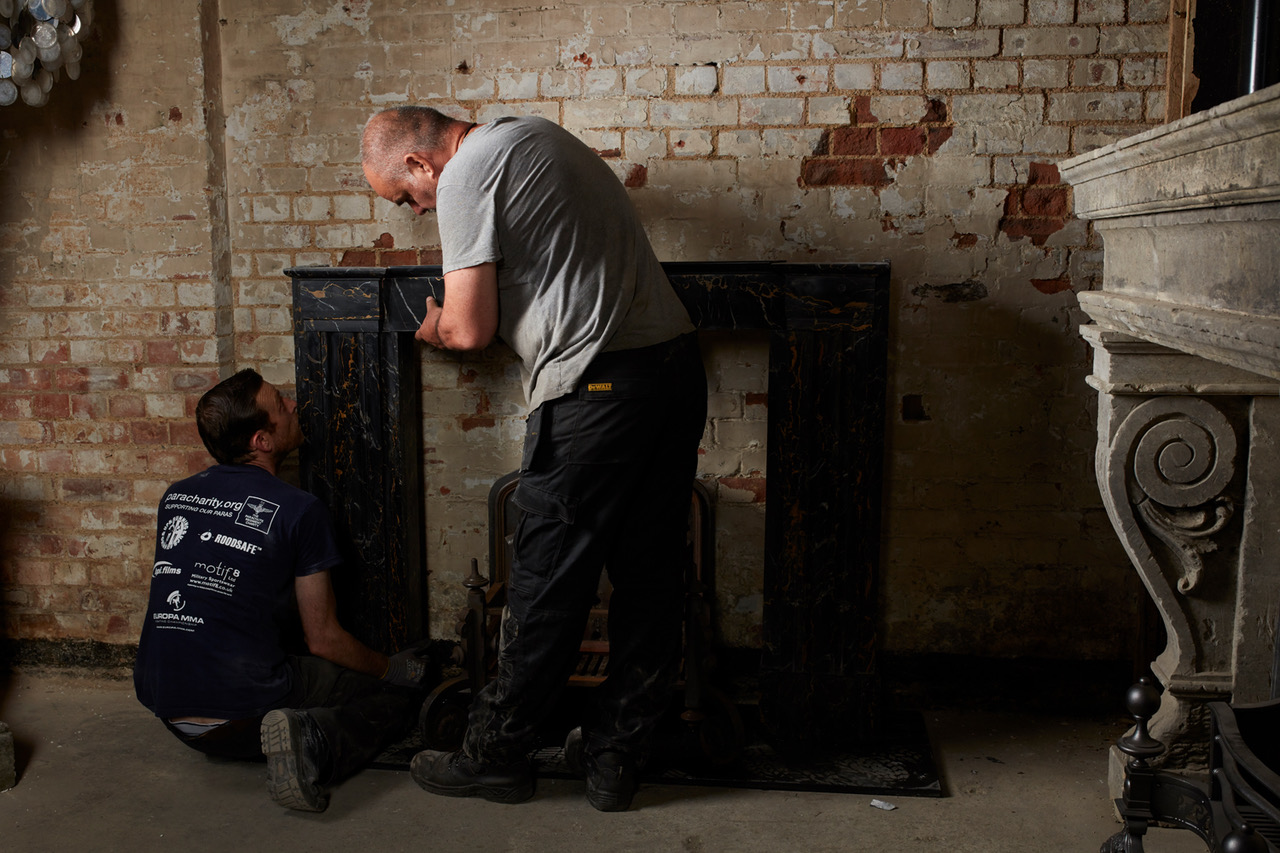
Cleaning & Repairs
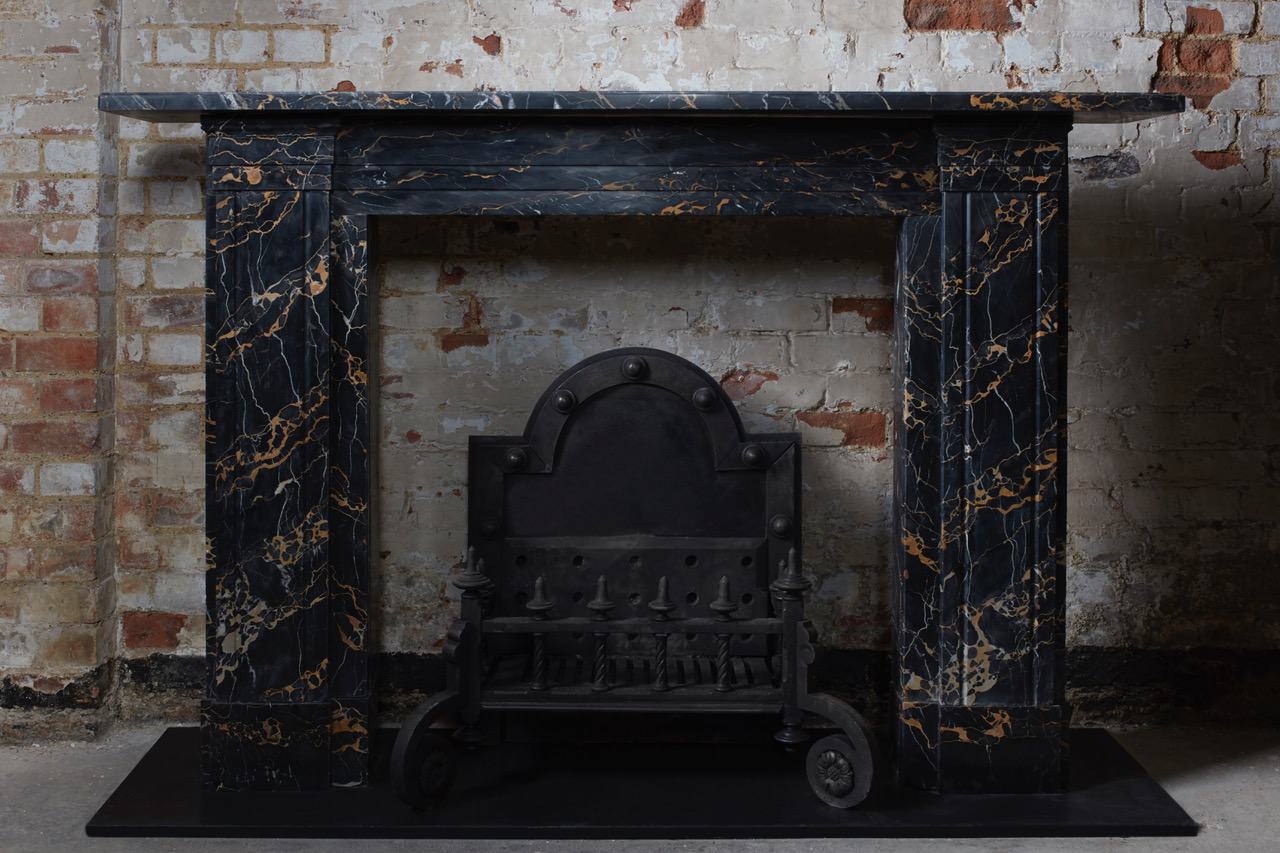
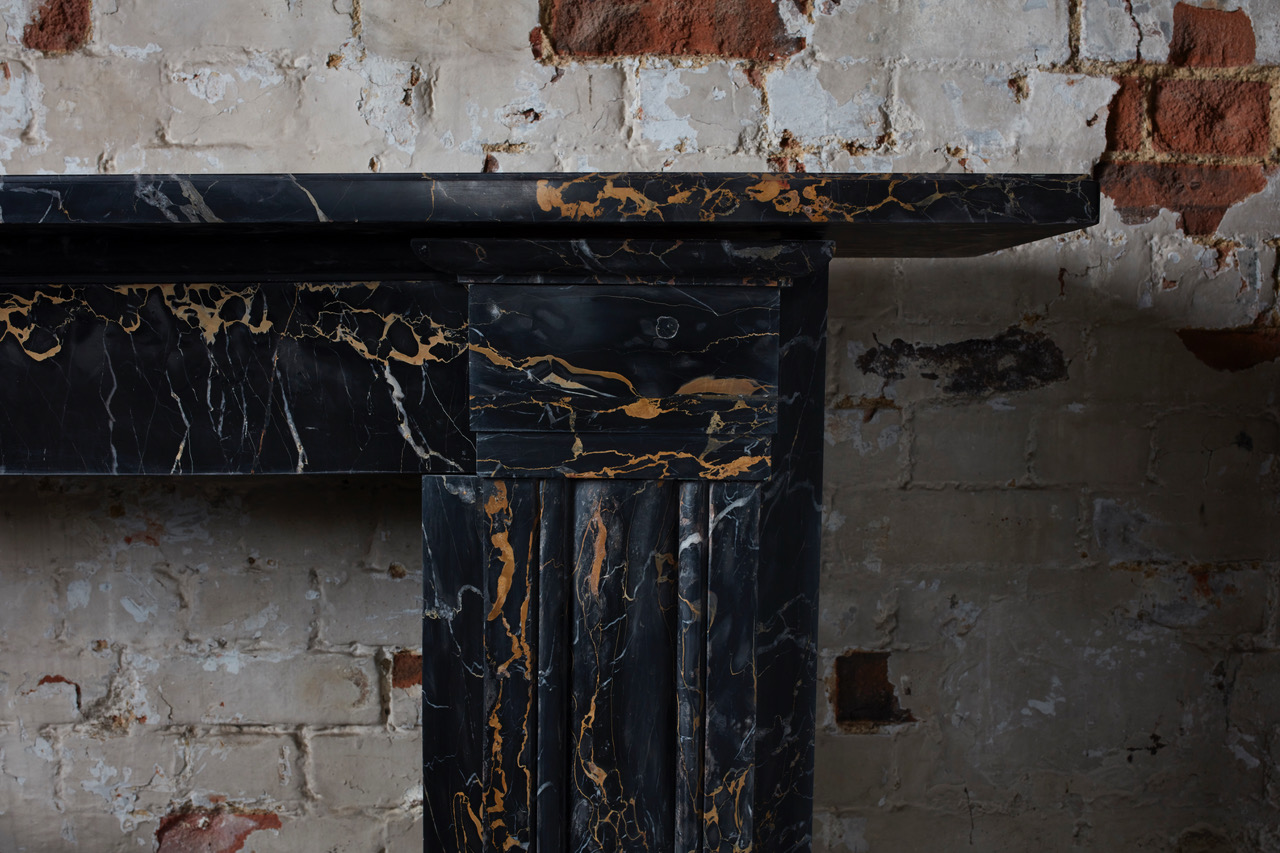
Our cleaning process predominantly uses non abrasive cleaning agents to dissolve and remove discoloured waxes and grime. However, where elements have suffered mechanical damage or the breakdown of the surface marble and consolidation is required, the restoration process is predominantly effected by hand using abrasives similar to those used for creating the chimney-piece originally.
Great care is taken to ensure that as much of the original integrity or history of the chimney-piece is retained, and thus wear and tear resulting from the use of fenders/fire tools etc is retained together with those minor abrasions and chips.
Once removed all residual soot and carbon deposits to the interior can be cleaned off. Test trials are undertaken with an emphasis on using non abrasive cleaning agents and minimal use of moisture to prevent staining within the marble, and trials with poultices undertaken.
Where required some of the weaker or softer marbles can require some consolidation of the surface, a process usually done by hand often using abrasive stones which are moulded to suit the profiles required. Existing wear resulting from fire tools and kerbs is retained as best possible, as these features are part of the age and history of each chimney-piece.
Enquire about restoration
To discuss requirements, please email us or call 020 7251 8844

